Dartmoor National Park is one of England’s great outdoor destinations, covering 368 square miles in total. An ever-popular area for visitors, Dartmoor offers many interesting aspects and opportunities for people to enjoy. Many of the key sites are far from the road, so for those that can’t or prefer not to try and reach these sites, I’ve drawn up a list of ten fascinating and iconic places on Dartmoor, all of which are relatively simple to get to. This is not an exhaustive list – these are just ten of my favourite places that I take my guests to during the tours of Dartmoor that I offer.
Grimspound
A place that I visit regularly, either with guests or just for my own pleasure, I love the fact that this fascinating Bronze Age site is almost always quiet, with few people there, despite its relative accessibility. Grimspound is an ancient settlement, with the remains of a thick outer wall, and the ruins of over 24 hut circles (an archaeologist friend of mine has recently studied Grimspound in great depth and traced more huts than were previously thought to exist).
Aside from the intrigue of this place, the outlook and position are quite magnificent. Grimspound looks across the valley to tin mining gullies and medieval lynchets (earth terraces formed as a result of old farming techniques). On the far horizon a standing stone can just be made out – it’s the tallest stone from a Bronze Age stone row. Turn 90 degrees and Hockney Tor is just up the slope and turn another 180 degrees and the steep path up to Hameldown ridge comes into view. Both are worth walking up to, with the view from the top being nothing short of spectacular.
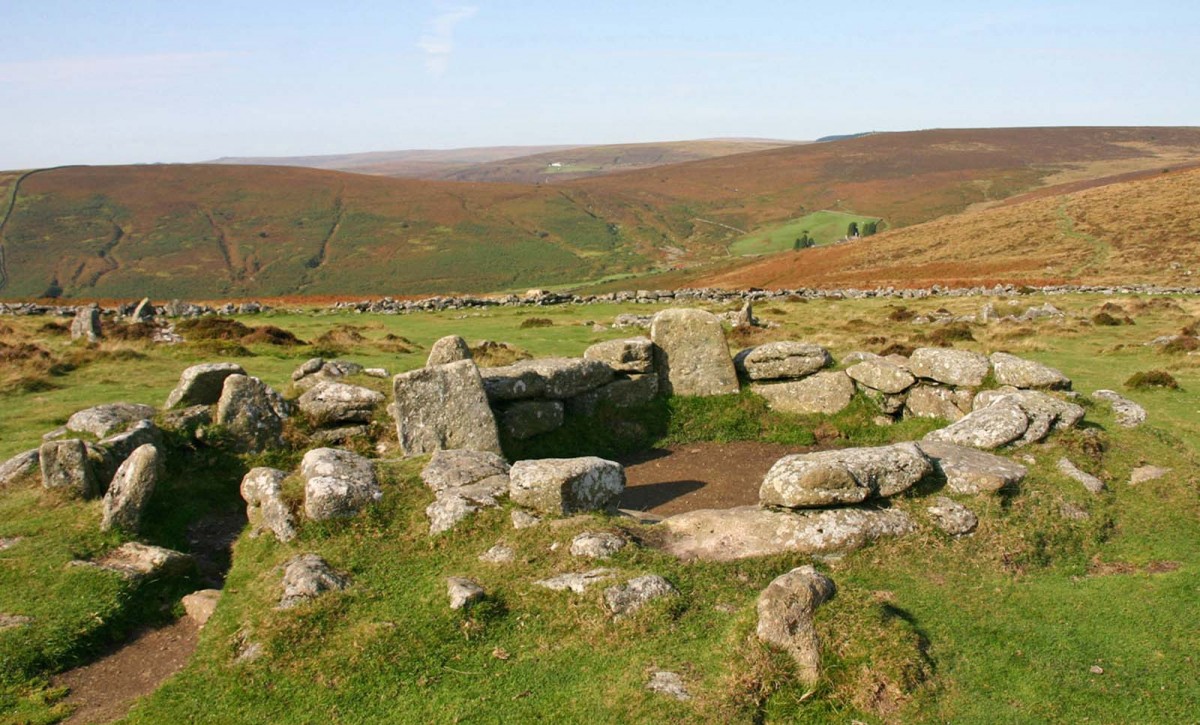
A Bronze Age hut at Grimspound
Jay’s Grave
This is another place that features regularly during the tours that I do, and it’s a place that always intrigues guests. The grass covered grave is situated beside a quiet lane, a little bit off the beaten track, and the atmosphere that rests over Jay’s Grave always feels to me like one of peace and calm.
The story behind it, however, is one of misfortune and tragedy, and unsurprisingly this has become one of Dartmoor’s most uttered legends, with different versions of the events as one might expect from a tale that has been passed down from generation to generation. When with guests, I recount the story that my parents told to me. It’s laced with some sadness and the echoes of a pastime when justice often got passed by. A deprived upbringing, misfortune, unexpected opportunities, and ultimately a great disregard for a fellow human being’s life that eventually became the stuff of legend - to read more about Kitty Jay’s short and troubled life, please look here.
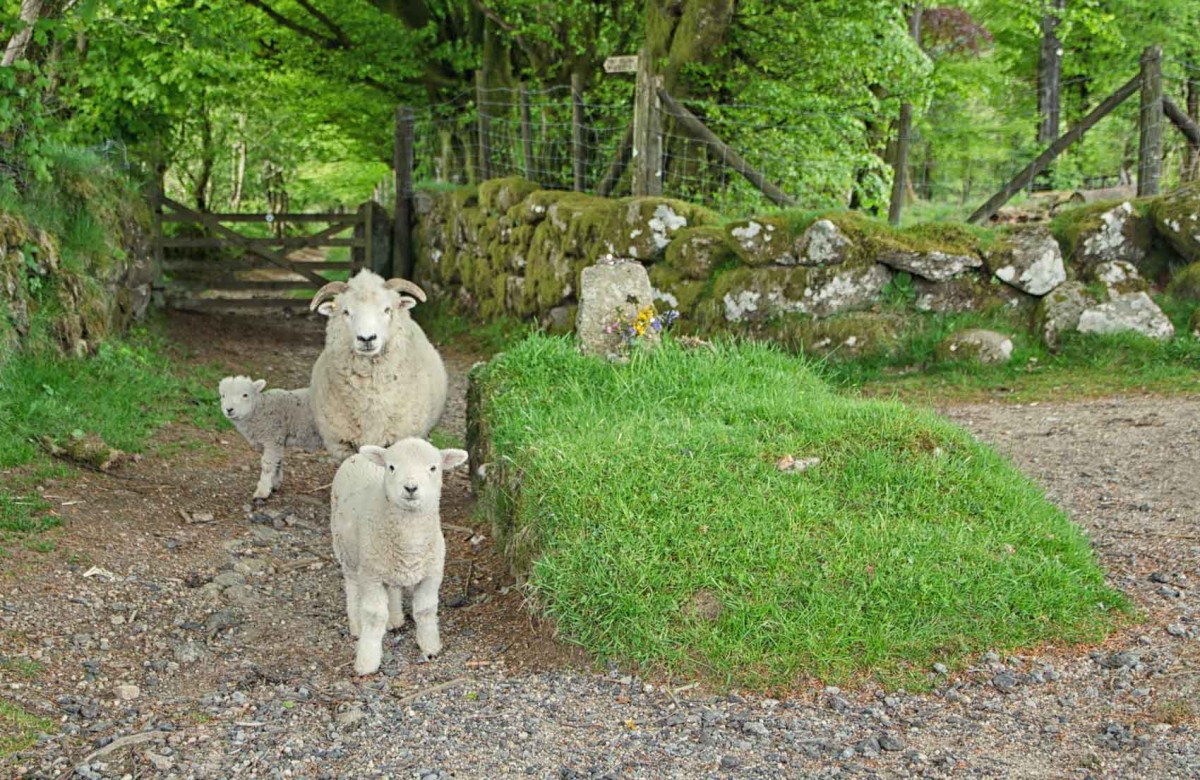
Sheep at Jay's Grave
Merrivale
With parking just a five to ten minute walk away (note that its partly uphill and on uneven ground), Merrivale is definitely worth a visit for those that are interested in Bronze Age history. In fact, it’s arguably the best place on Dartmoor to experience a multitude of remains from across this broad period of history (2500 B.C. to 1000 B.C.) – hut circles, stone rows, a standing stone, stone circles, cairns and cists – it seems to have it all!
Before visiting, it’s well worth popping to the excellent National Park visitor centre in nearby Princetown, and picking up a guide to Merrivale – this will help make far more sense of this incredible site, answering some of the questions one might have once there.
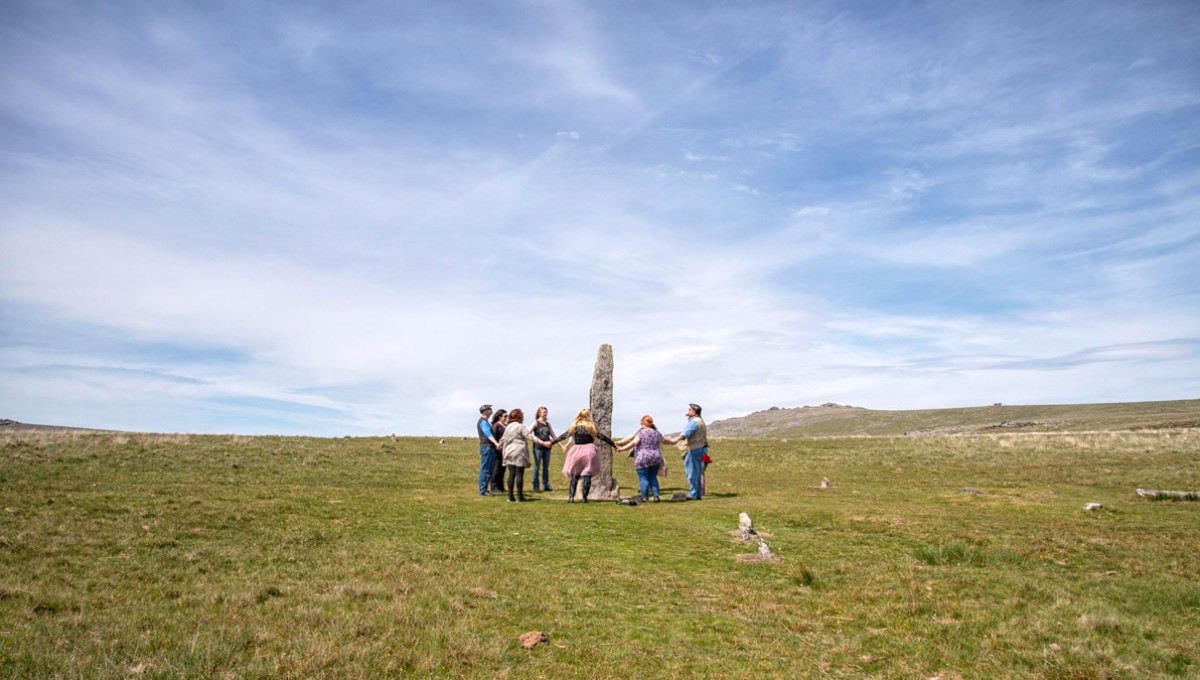
A Bronze Age standing stone at Merrivale on Dartmoor
Postbridge
I love bringing guests to Postbridge and casually driving over the road bridge, pointing out the spectacle to one side. The much older bridge that I’ve drawn their attention to takes them by surprise, such is its eye-catching impressiveness, and as long as it’s not too busy (which it can be at times), we’ll enjoy stopping here for a few minutes and a photo opportunity. The bridge in question is one of Dartmoor’s many clapper bridges, which dates back to the 13th century, when it was built to allow pack horses to cross the River Dart with their heavy loads of tin whilst on their way to the town of Tavistock.
There’s a car park very nearby, with a National Park visitor centre and toilets available.
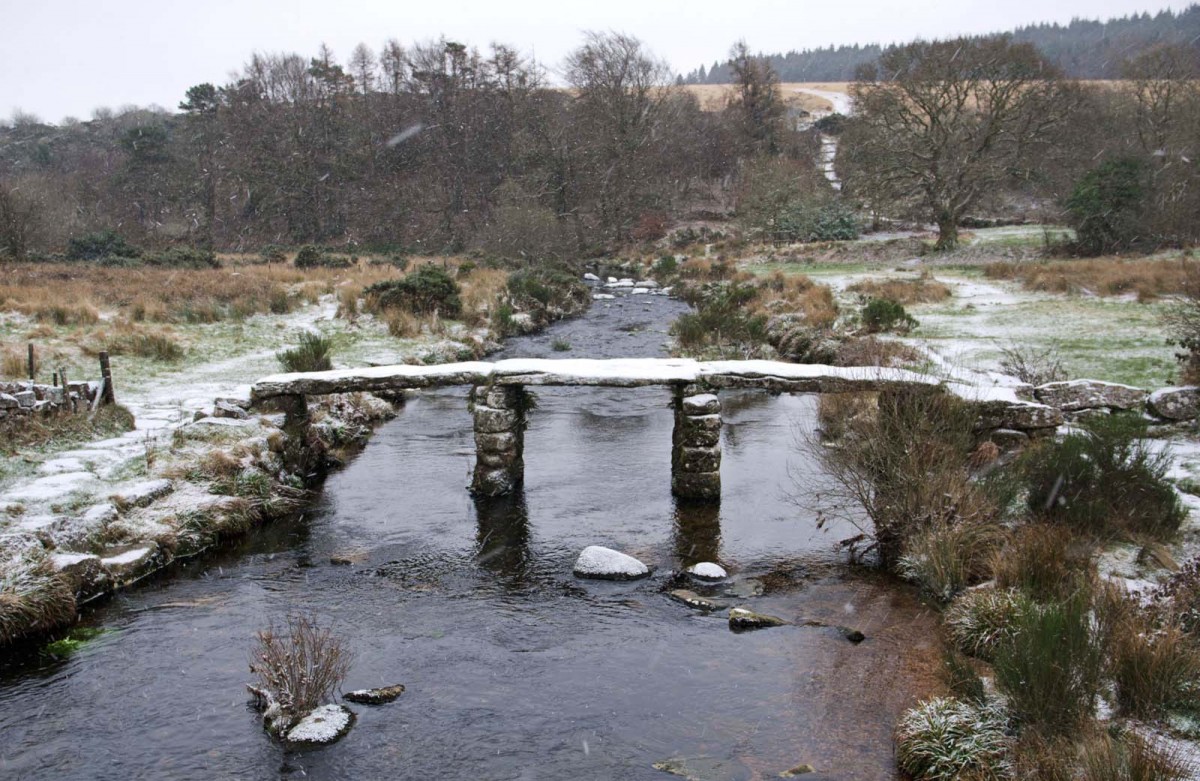
The clapper bridge at Postbridge
Spinsters’ Rock
This is a bit of a challenge to find, especially given that it’s up a very narrow lane, but once out of one’s vehicle, it’s as accessible as any of the sites in this article. I remember the first time I ever visited Spinsters’ Rock and being surprised at its humble location, compared to other prehistoric sites higher up on the Moors, but it’s very tranquil, and there’s normally no one else here.
An excellent example of a Neolithic burial chamber, known as a dolmen or cromlech, Spinsters’ Rock is not only a very historical and impressive structure, it also has some intriguing legends attached to it, which you can read more about just here.
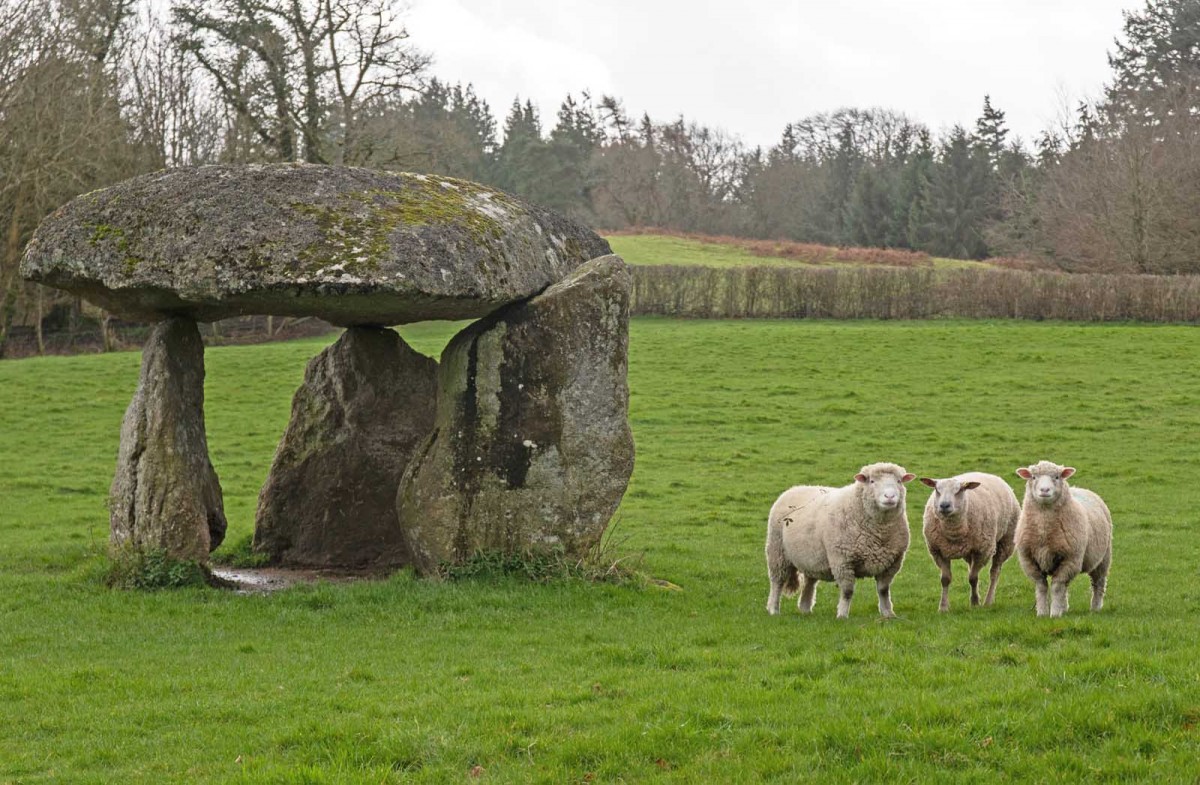
Spinster's Rock
Whiteworks
I have a great personal affinity with this location, in part because I just love the atmosphere here, but also because I have a family connection to it. Whiteworks itself is an abandoned tin mining settlement in a wonderfully isolated location about 3.5 miles from Princetown. The road out to it ends on reaching Whiteworks, but it is accessible, and well worth a visit. To wander amongst the ruined buildings, absorbing the peace and views, is a great pleasure, and the imagination can run wild, thinking back to how tough it must have been for those that lived and worked here.
Whiteworks looks across the bleak and beautiful vastness of Fox Tor Mire, conversely one of Dartmoor’s least accessible locations. This was one of the places on Dartmoor that my great grandfather, Reverend Robert Duins Cooke, suggested Sir Arthur Conan Doyle should visit when he was plotting his greatest novel, The Hound of the Baskervilles. Conan Doyle had consulted Reverend Cooke since he was a local expert on Dartmoor, and having visited the mire, Conan Doyle couldn’t resist turning Fox Tor Mire into Grimpen Mire for the sake of his gripping tale. If you really want to immerse yourself in the Hound of the Baskervilles, come along on my associated guided tour, details about which can be found here.
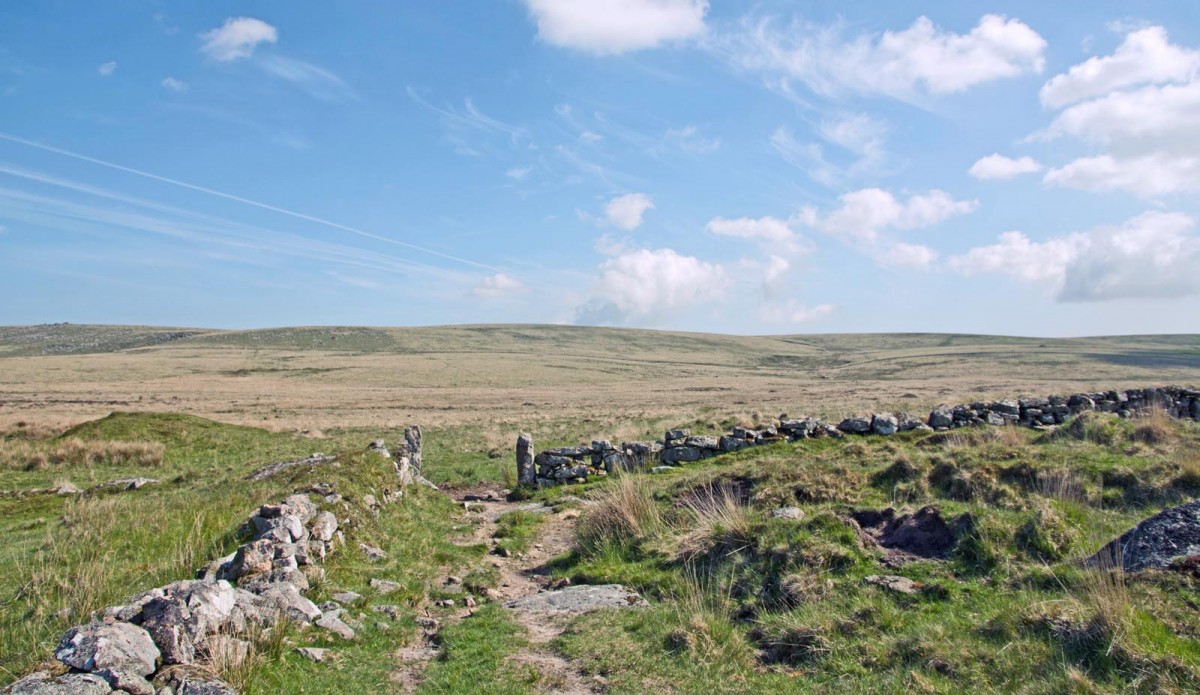
The view across Fox Tor Mire near Whiteworks
Gunpowder Mills
For those that enjoy the industrial history of Dartmoor, along with ruined communities, a visit to Gunpowder Mills provides an atmospheric experience. The ruins can be seen from the main B3212 road between Two Bridges and Postbridge, and it’s a relatively short walk from the parking area at the Pottery buildings, hence quite accessible. There moss-laden ruins are in a picturesque location, and surprisingly extensive. Operating between 1844 and 1897, this gunpowder factory was sensibly located, distant from any habitations. The gunpowder was mostly used in the Dartmoor quarries and mines, as well as by local farmers to remove rock from land that was being enclosed for agricultural purposes.
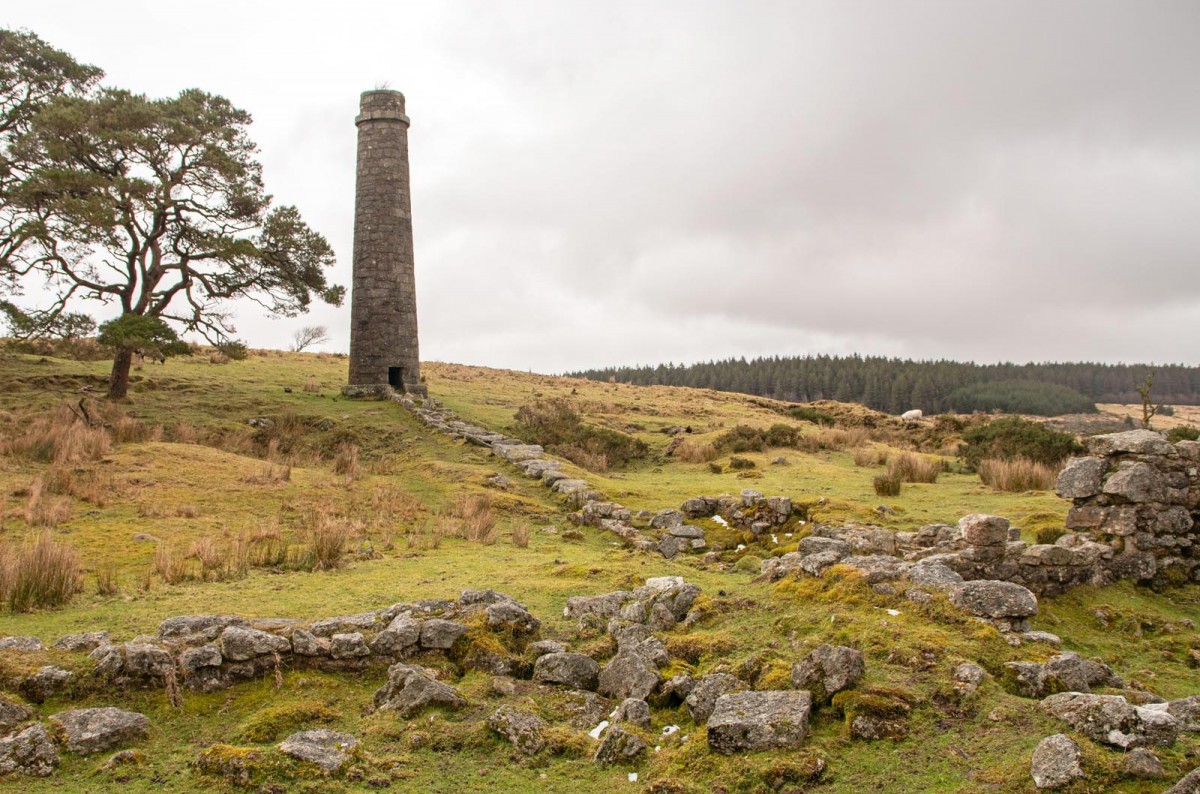
An old chimney stack at the Gunpowder Mills
Soussons Circle
An understated stone circle, by Dartmoor standards, Soussons Circle is still an ancient structure of note, and just yards from the road, so Dartmoor’s most accessible circle as a result. However, the anomaly is that it isn’t a pure stone circle, despite its appearance of a ring of 22 stones. It’s actually a cairn circle, and would have once had a cist (stone burial chamber) in the middle.
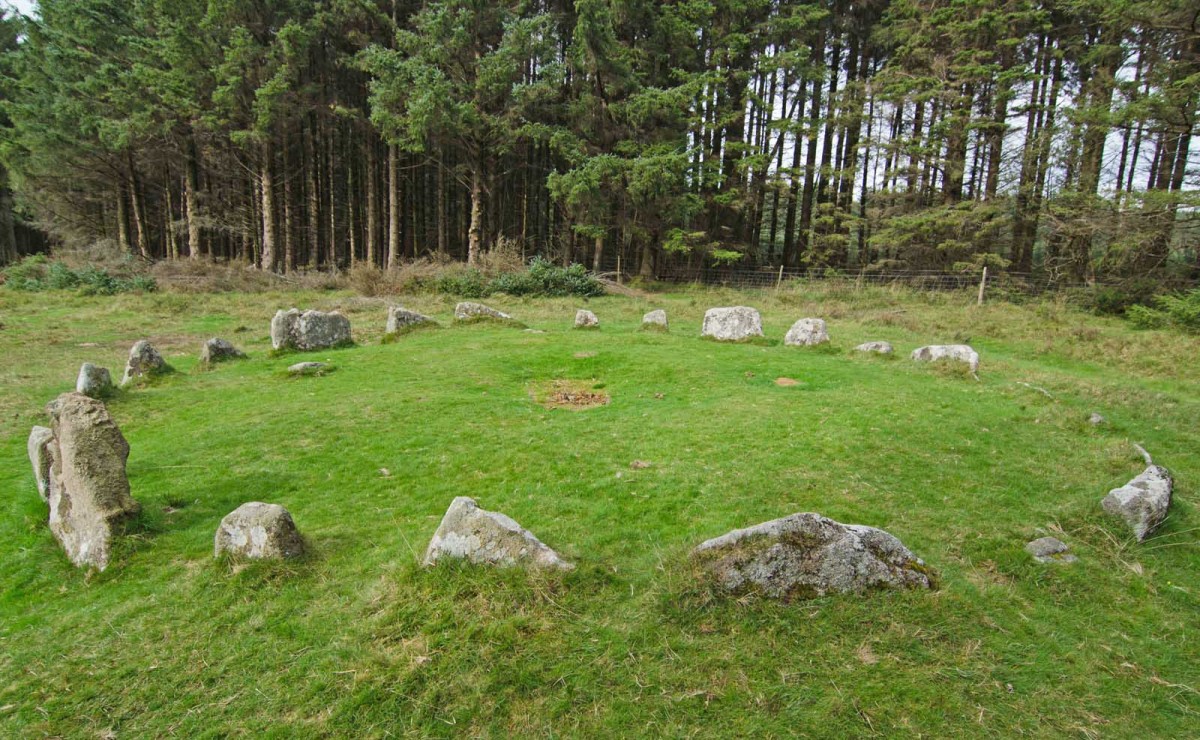
Soussons Cairn Circle
Dartmoor Prison
Accessible due to its situation in the town of Princetown and thanks to its excellent museum, the only actual way to get inside the prison itself is by entering for work reasons, or by committing a crime. My guests are often surprised that this historical prison, opened in 1809, is still open today as a working jail. It has many fascinating stories to tell, from the original French and American prisoner of war inmates, to the conscientious objectors that were taken there during the First World War. As a series of buildings, it has the forbidding menace that should act as an adequate deterrent, especially on a bleak and wild day. Very few have successfully escaped from here, so it’s best to visit as a tourist rather than a criminal!
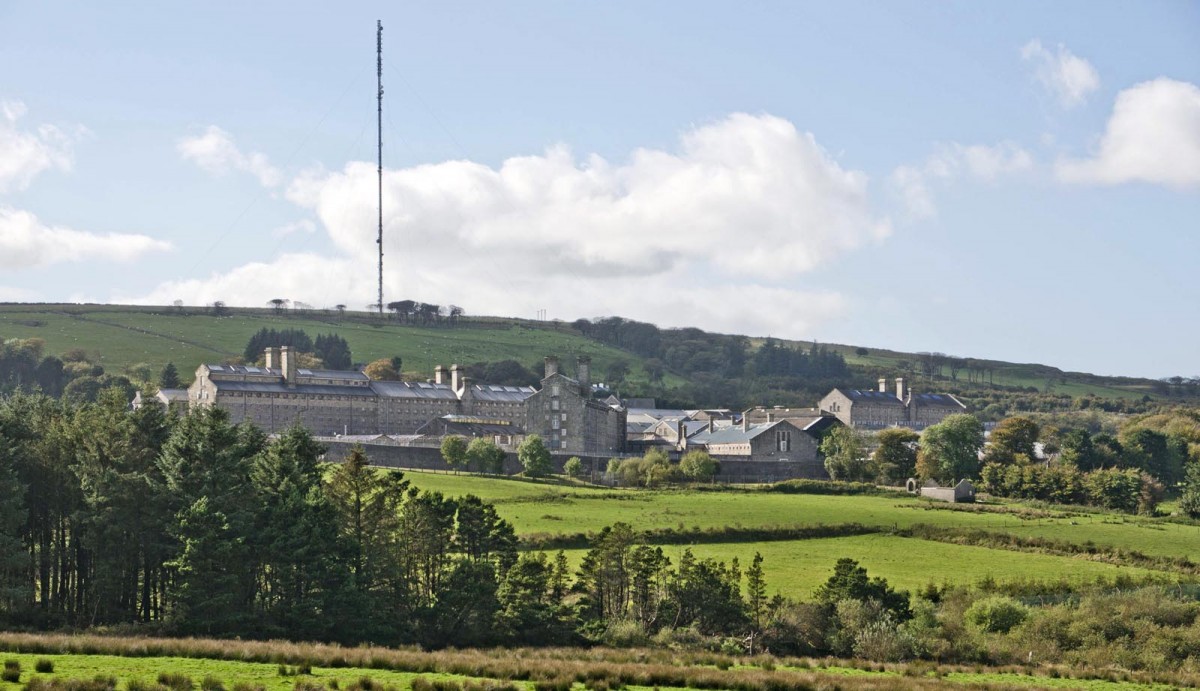
Dartmoor Prison
Holy Trinity Church
Another stop on my Hound of the Baskervilles Tour, Holy Trinity Church, in Buckfastleigh, is very accessible, and can be combined with a visit to another historical building, Buckfast Abbey, which is no more than half a mile away.
Just on the very edge of Dartmoor National Park, for some locals this might be a slightly unexpected inclusion. But this church is unique amongst Devon’s 618 Church of England churches, and the one that I take guests to the most. It features strongly in my Hound of the Baskervilles tour, and Conan Doyle’s story aside, it is a fascinating place to visit. Gorgeous in the spring with blossom, bluebells and wildflowers galore, its opposite personality is a forboding, striking ruin with a catalogue of bad luck, ultimately ending in being burnt down as recently as 1992.
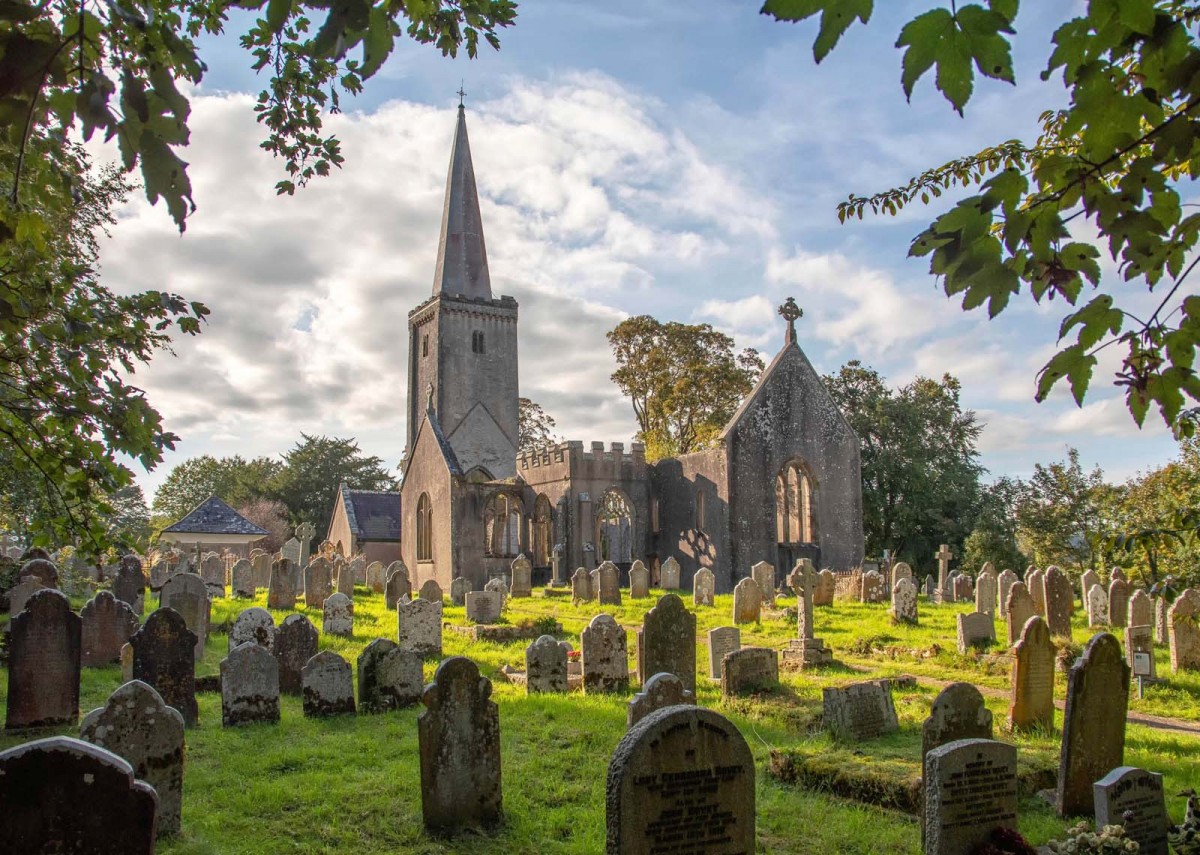
Holy Trinity Church at Buckfastleigh



540+k followers
152+k followers